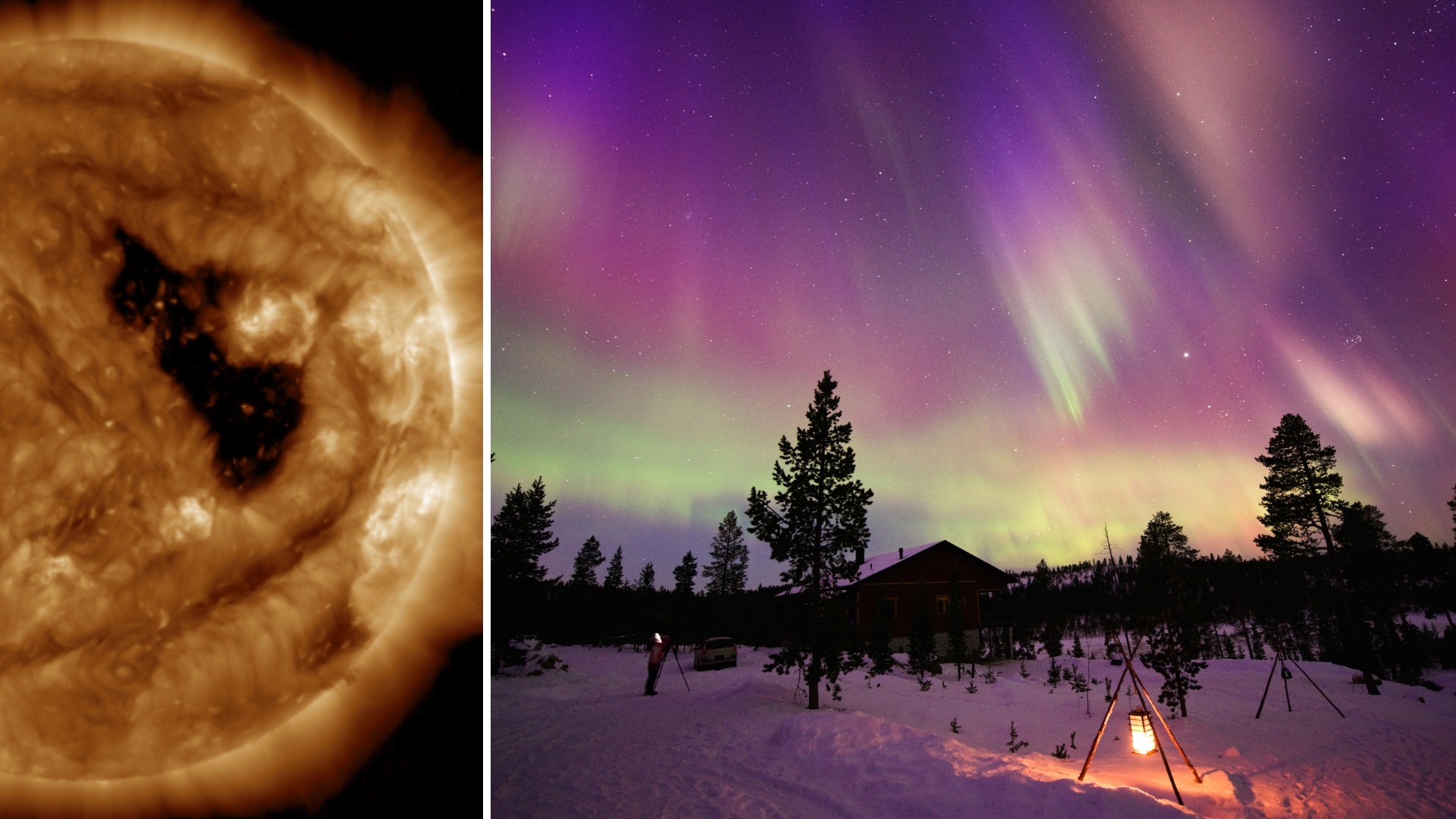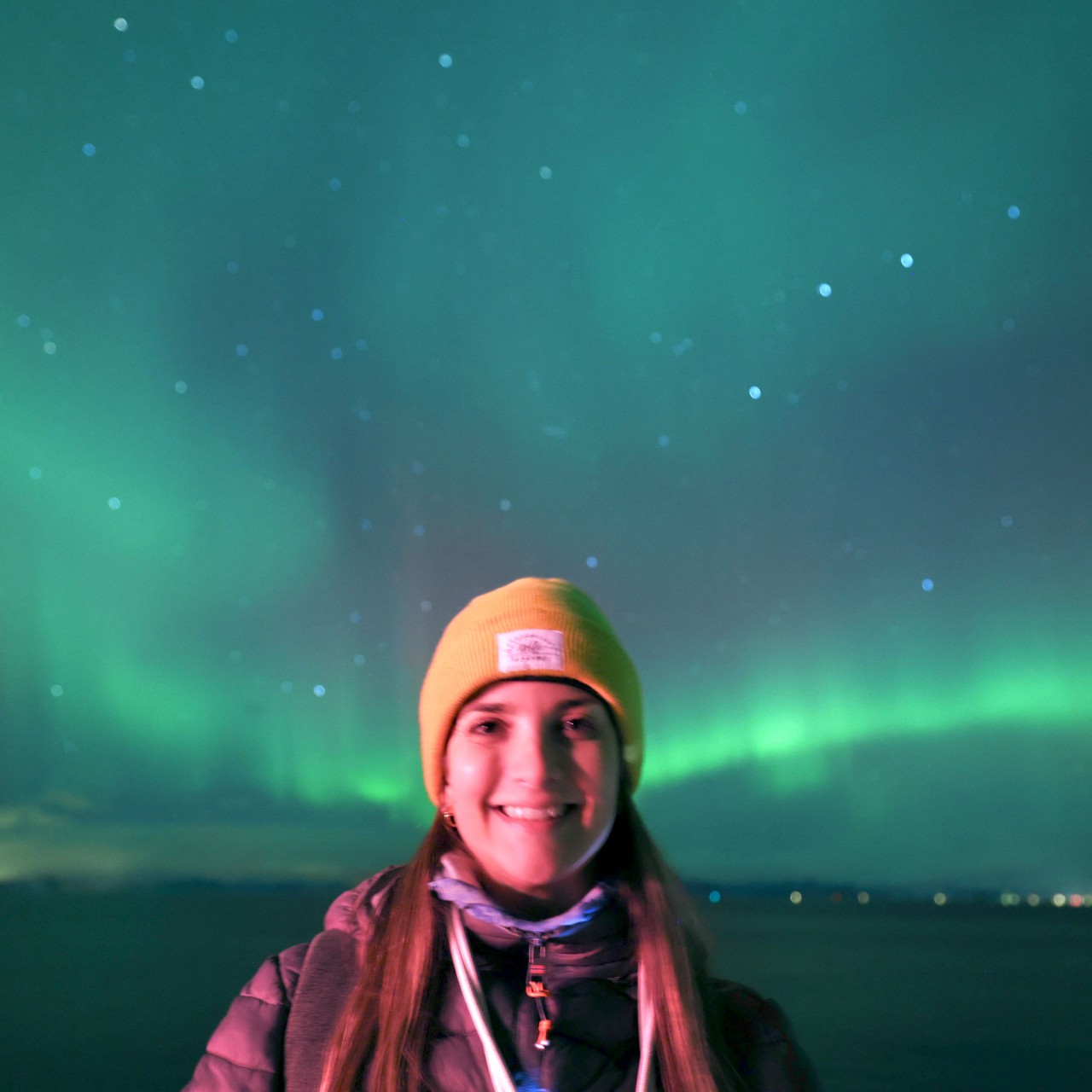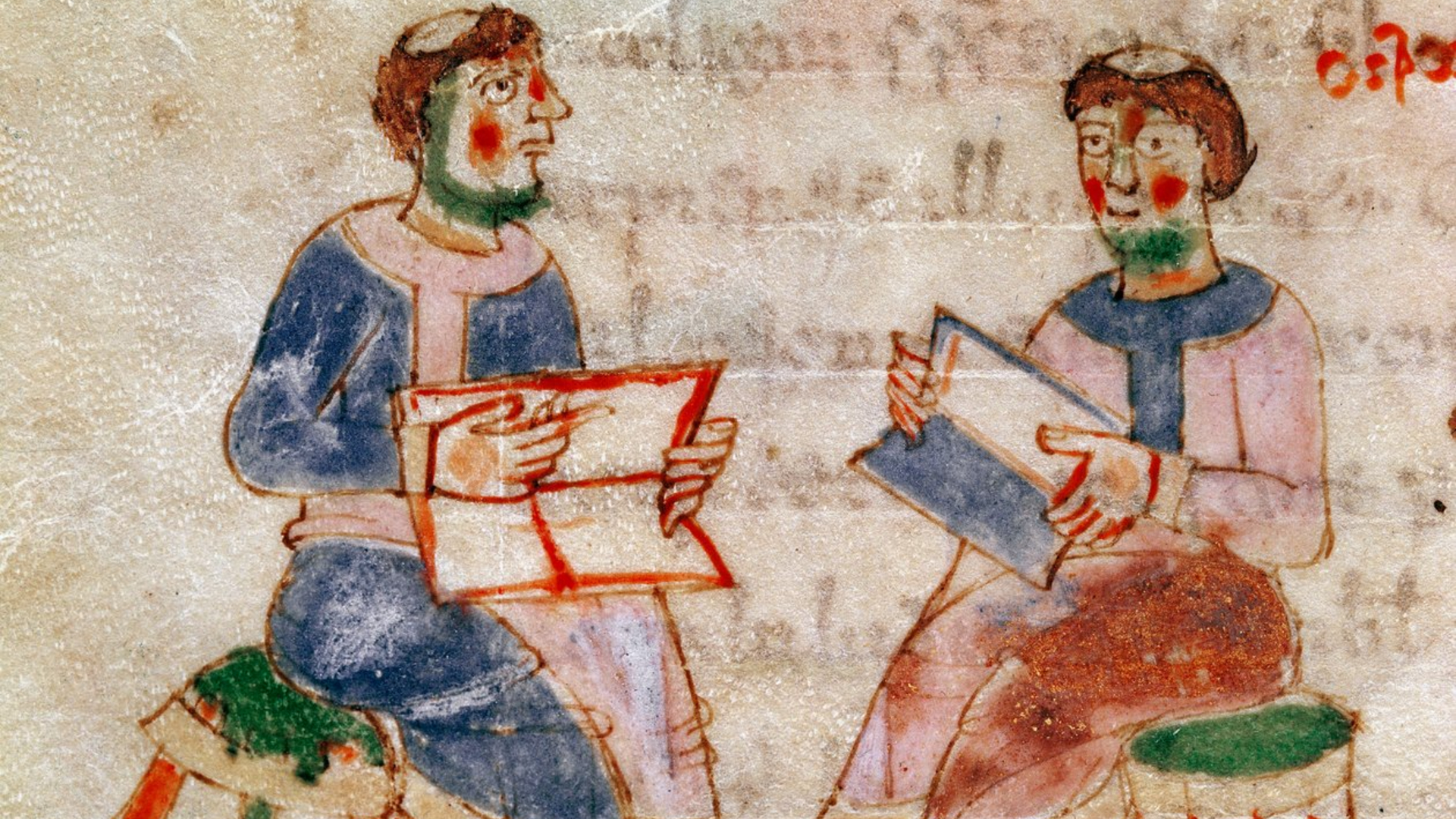Colossal 'hole' in the sun could spark impressive auroras this weekend
The sun's returning coronal hole could stir up geomagnetic storms and dazzling auroras under clear, dark skies this weekend.

A large coronal hole in the sun's atmosphere is currently facing Earth, sending a blast of high-speed solar wind our way that could trigger geomagnetic storms and auroras this weekend.
The fast solar wind stream is predicted to arrive late Saturday into Sunday (Oct. 11-12), according to space weather forecasters from both NOAA's Space Weather Prediction Center and the U.K. Met Office. Geomagnetic activity could start picking up late Oct. 11, with the highest activity slated for between 5 a.m. and 5 p.m. EDT (0900-1700 GMT) on Oct. 12.
If the predicted minor (G1) geomagnetic storm conditions are reached on Oct. 12, auroras could be visible as far south as northern Michigan and Maine, according to NOAA's G-scale, which rates the strength of these disturbances. But given the time of year, just past the recent autumn equinox, even a small bump in activity could have a bigger impact and boost the chances of more widespread auroras this weekend.
This isn't the first time we've seen this particular coronal hole, though it looks a little different. It's the same feature that we saw last month, which took the shape of a butterfly or a bird. Coronal holes can persist for months, reappearing every 27 days or so as the sun completes one solar rotation.
Coronal holes are areas where the sun's magnetic field opens up, allowing solar wind to stream more freely into space. When this solar wind reaches Earth, it interacts with our planet's magnetic field, or magnetosphere, and some of those energetic particles are guided down magnetic field lines toward the poles. As they collide with atoms and molecules high in Earth's atmosphere, mostly oxygen and nitrogen, they release energy as light, creating the glowing curtains we know as the aurora.
Seasonal 'bump' in auroras
This weekend's timing is good for aurora chasers as around the autumn equinox, Earth's tilt lines up in a way that helps the solar wind connect more efficiently with our planet's magnetic field. This seasonal boost is known as the Russell-McPherron effect.
NOAA's latest forecast predicts a peak Kp index of 5, which corresponds to minor (G1) geomagnetic storm conditions. The Kp index is a global scale that measures geomagnetic activity from 0 (quiet) to 9 (extreme). The higher the number, the greater the chance of seeing auroras farther from their usual polar regions.
Breaking space news, the latest updates on rocket launches, skywatching events and more!
Space weather forecast
For a full breakdown of what's happening on the sun, and what to expect from this weekend's and next week's space weather, check out the latest forecast from space weather physicist Tamitha Skov:


Daisy Dobrijevic joined Space.com in February 2022 having previously worked for our sister publication All About Space magazine as a staff writer. Before joining us, Daisy completed an editorial internship with the BBC Sky at Night Magazine and worked at the National Space Centre in Leicester, U.K., where she enjoyed communicating space science to the public. In 2021, Daisy completed a PhD in plant physiology and also holds a Master's in Environmental Science, she is currently based in Nottingham, U.K. Daisy is passionate about all things space, with a penchant for solar activity and space weather. She has a strong interest in astrotourism and loves nothing more than a good northern lights chase!
You must confirm your public display name before commenting
Please logout and then login again, you will then be prompted to enter your display name.
